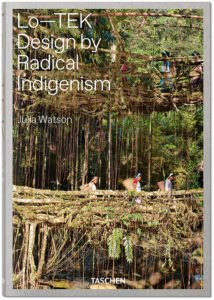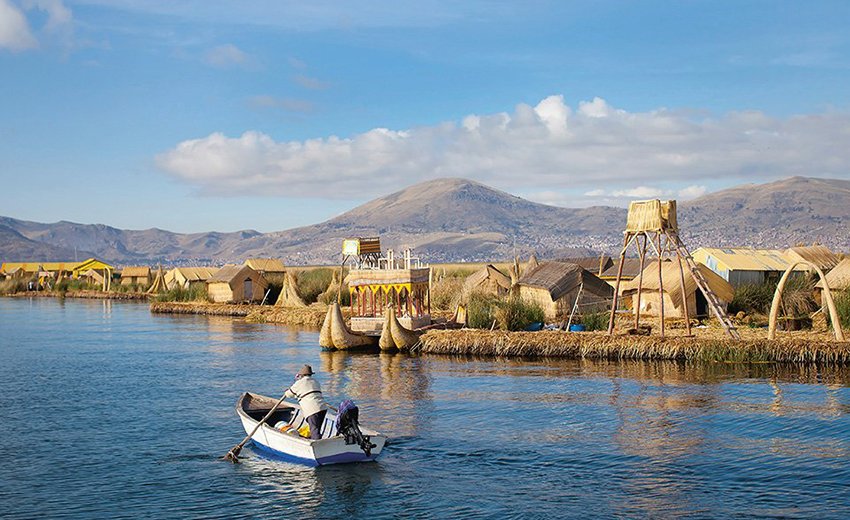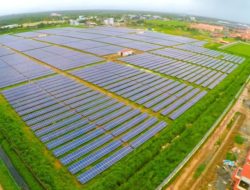Millenary solutions give us a better understanding of biodiversity, food production, the creation of housing areas, flood prevention or wastewater treatment.
In northern India, the Khasi tribe has been building living bridges from plants for centuries, using roots and branches. These vegetal bridges allow people to cross rivers during the monsoon, when whole sections of the forest are submerged. In Kolkata, also in India, Bengali farmers created a swamp several hundred years ago that – even today –purifies half of the wastewater of the megalopolis.

Lo-TEK, design by Radical Indigenism, by Julia Watson, Taschen, 420 pages
In Peru, the Uros Indians invented floating islands 700 years ago, built using tortora, a cane that grows in the region. Originally, it was to escape the Incas. Still today, families live on those islands on Lake Titicaca.
What if the solutions to the urban problems of tomorrow had already existed for thousand years? Julia Watson, an Australian environmental architect, developed the theory of Lo-TEK. Not to be confused with lowtech: TEK is an acronym for Traditional Ecological Knowledge.
Her credo? Synthesise the knowledge gained over the centuries and take into account thousands of years of human genius, knowledge and techniques accumulated by generations of indigenous peoples. Which, over the centuries, have made it possible to purify rivers, produce food, avoid floods, create new habitats, capture carbon emissions, anticipate climate change or increase biodiversity. From Peru to Afghanistan, Indonesia, Kenya or Iran, indigenous technologies, inspired only by nature and natural ecosystems, have already solved the challenges faced by those who imagine our cities of tomorrow.
Sustainable, you said?
Her book is dedicated to the “next seven generations”. Or the next 150 years. It reflects how the indigenous communities worked: the constructions and solutions were imagined so that their children and grandchildren could still benefit from them in the long term, in a sustainable way.
Tags: India, Julia Watson, Lo-TEK, Peru, Radical Indigenism, Smart Cities, Taschen, urbanism









































